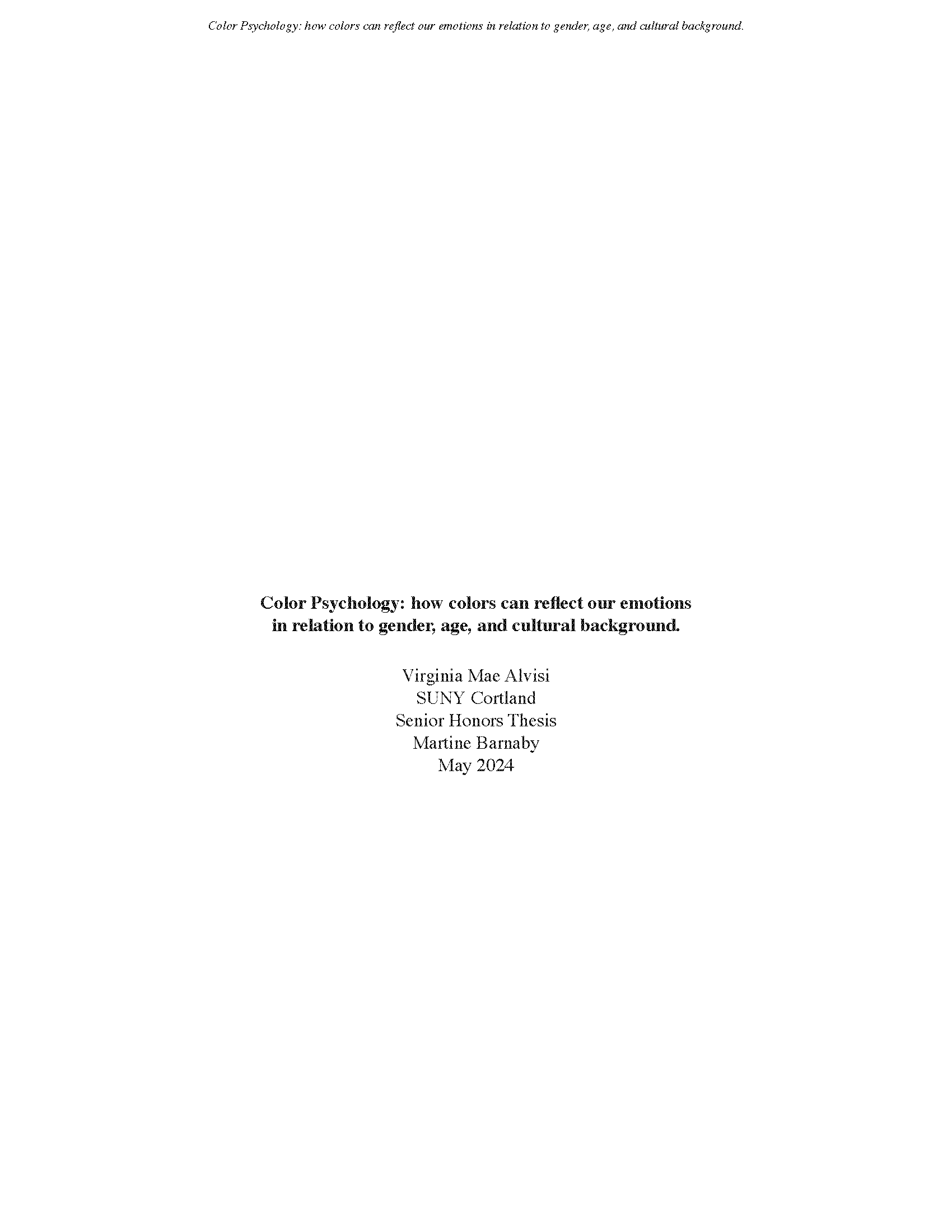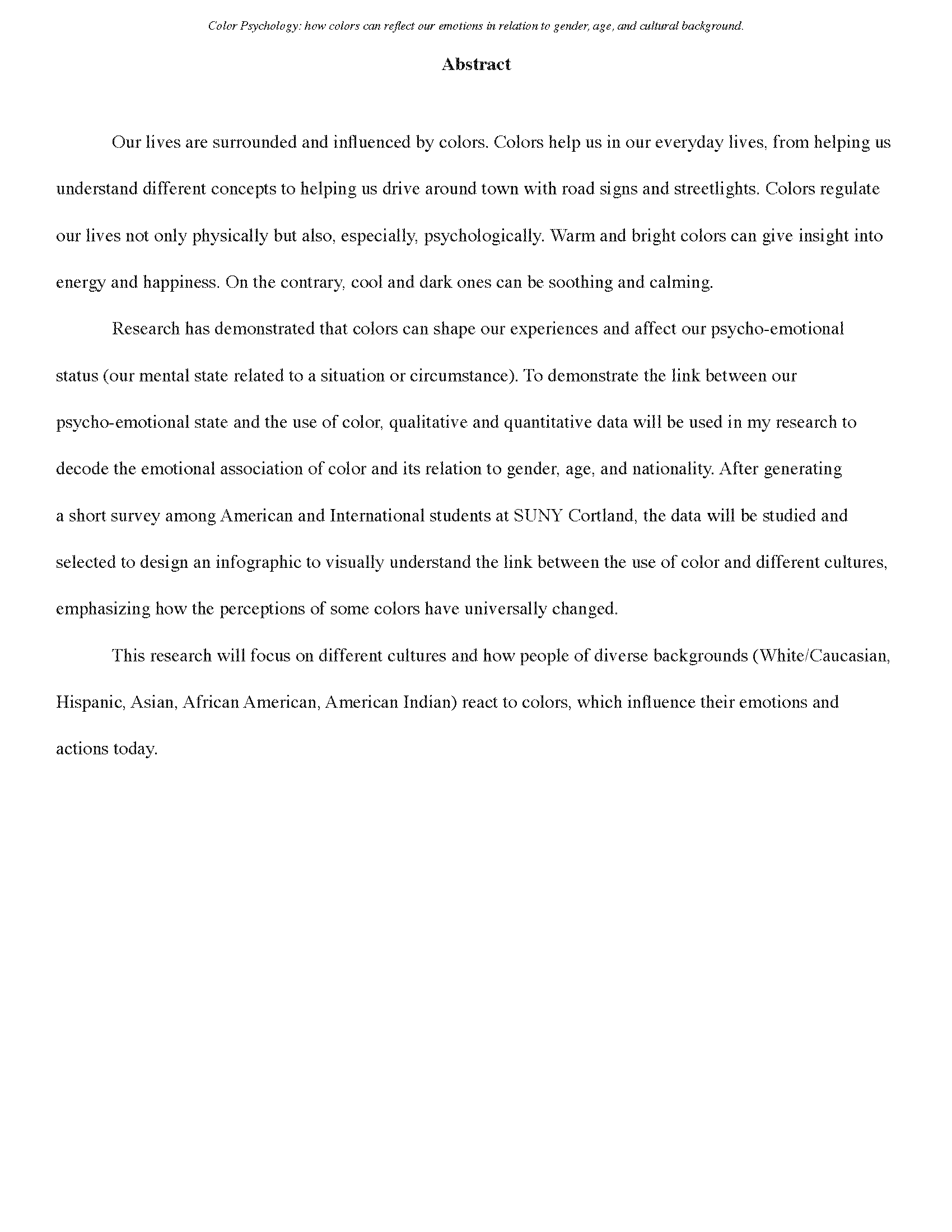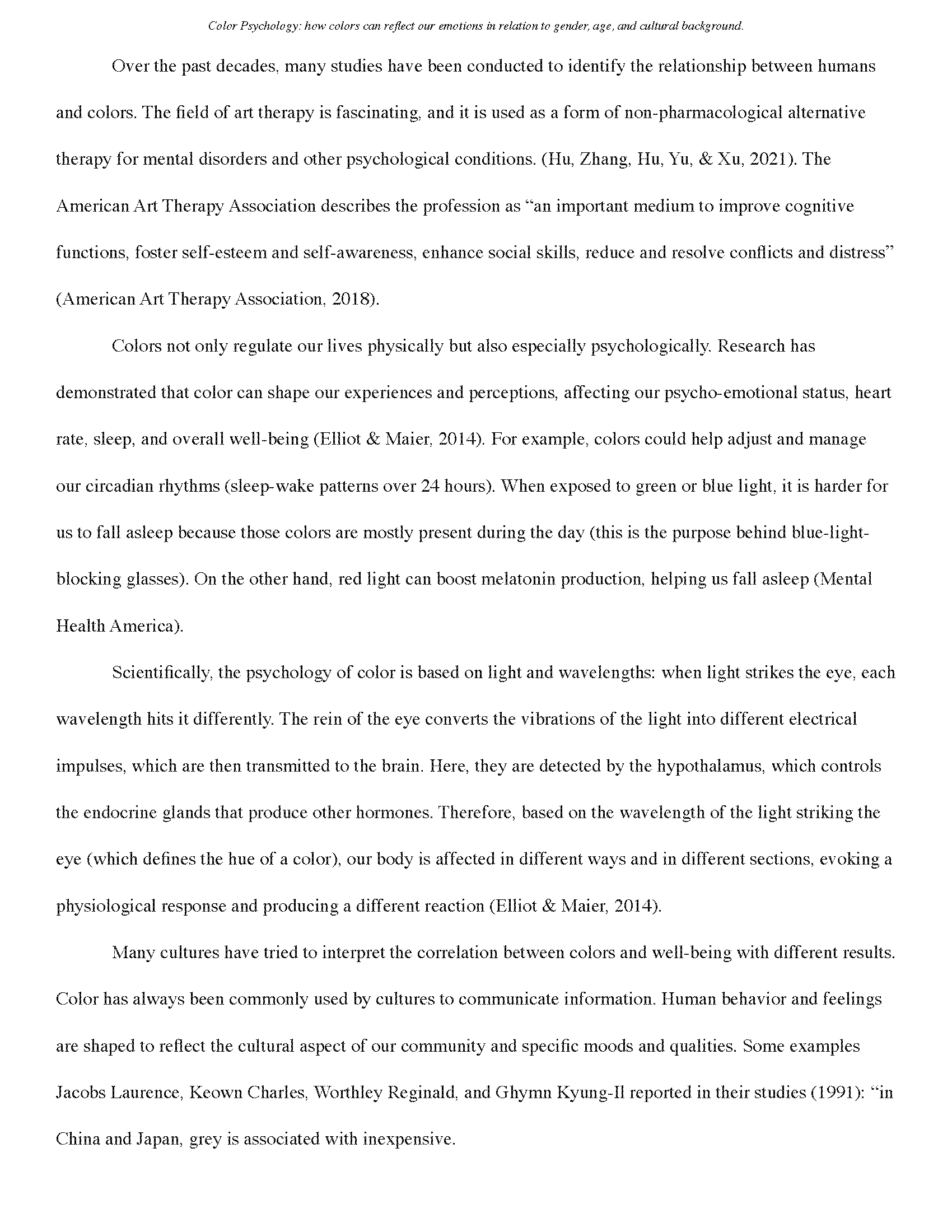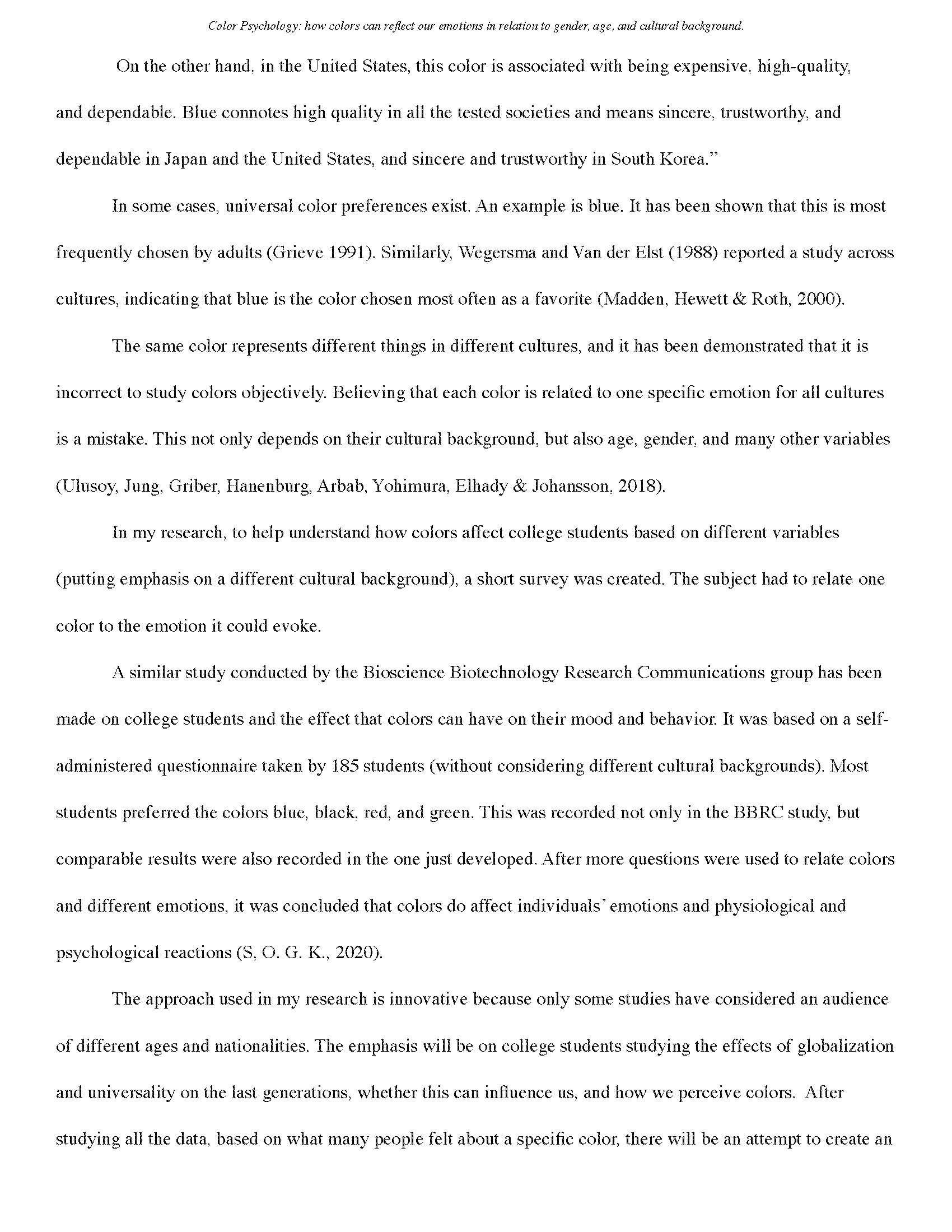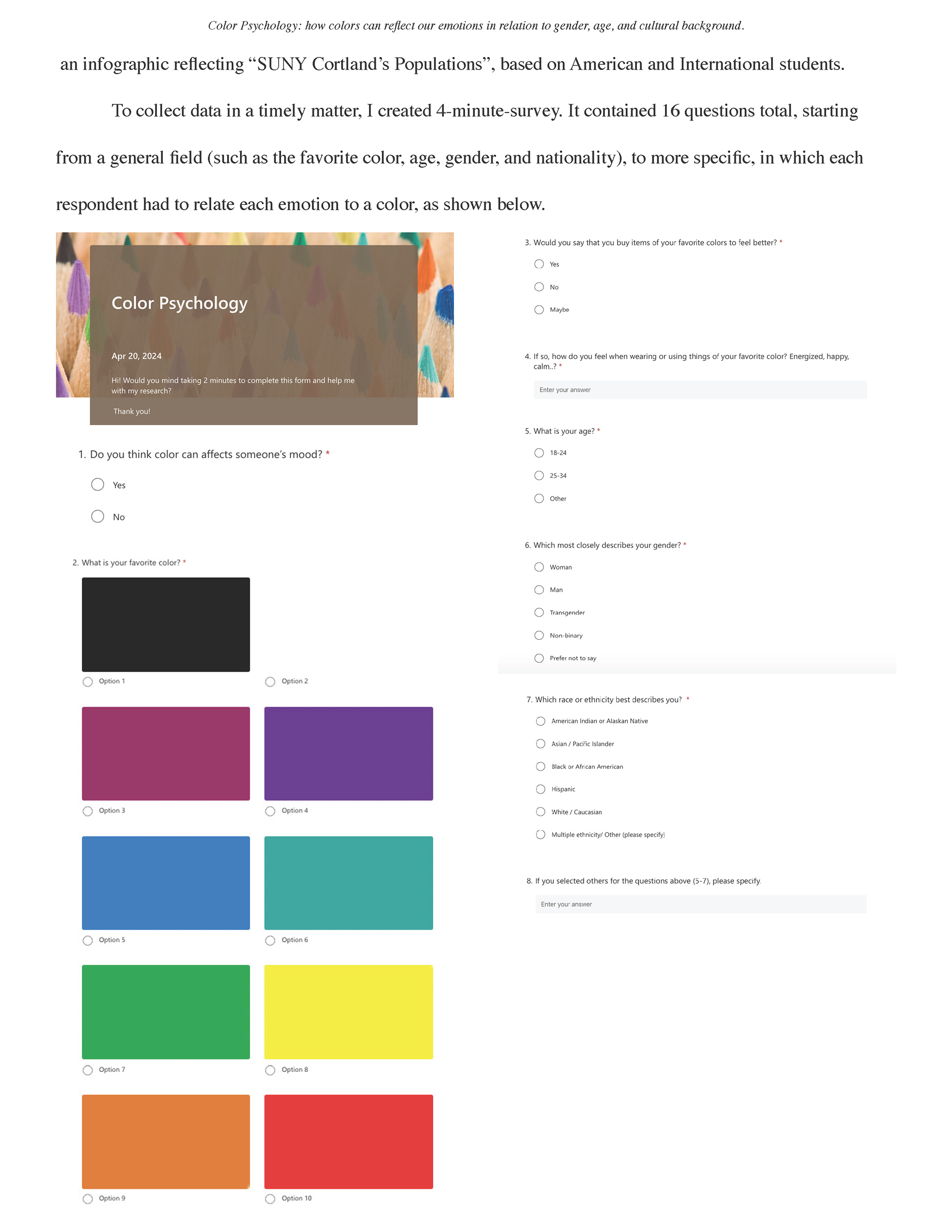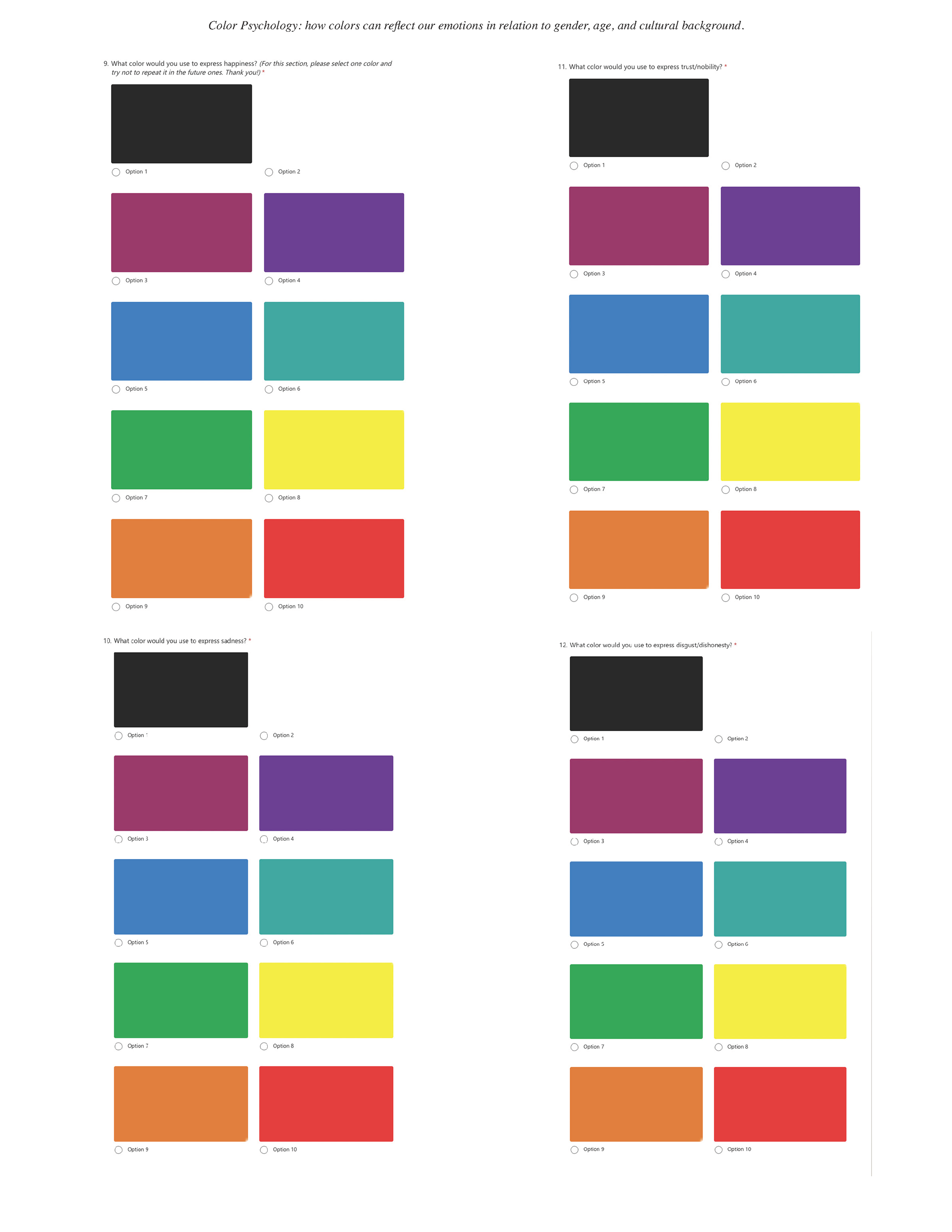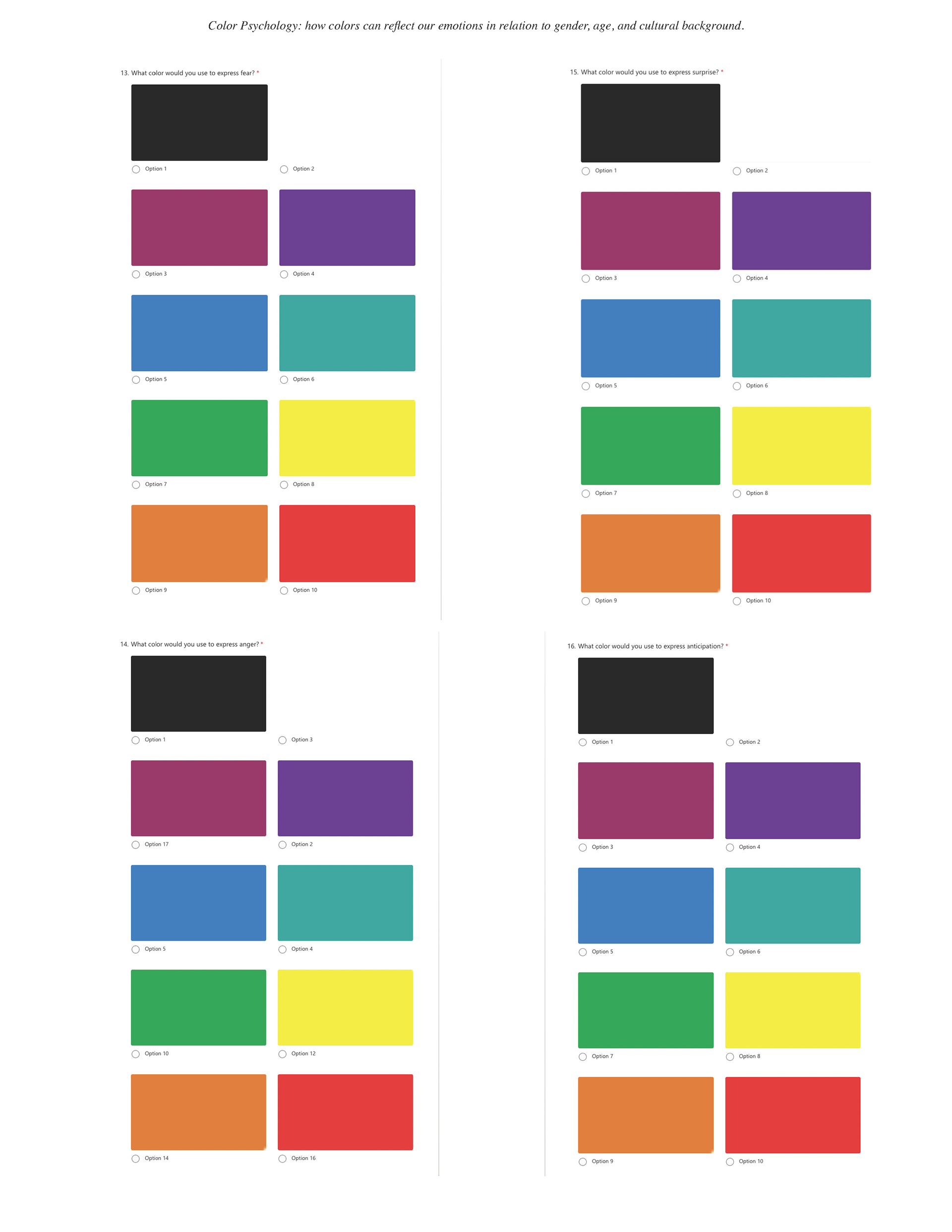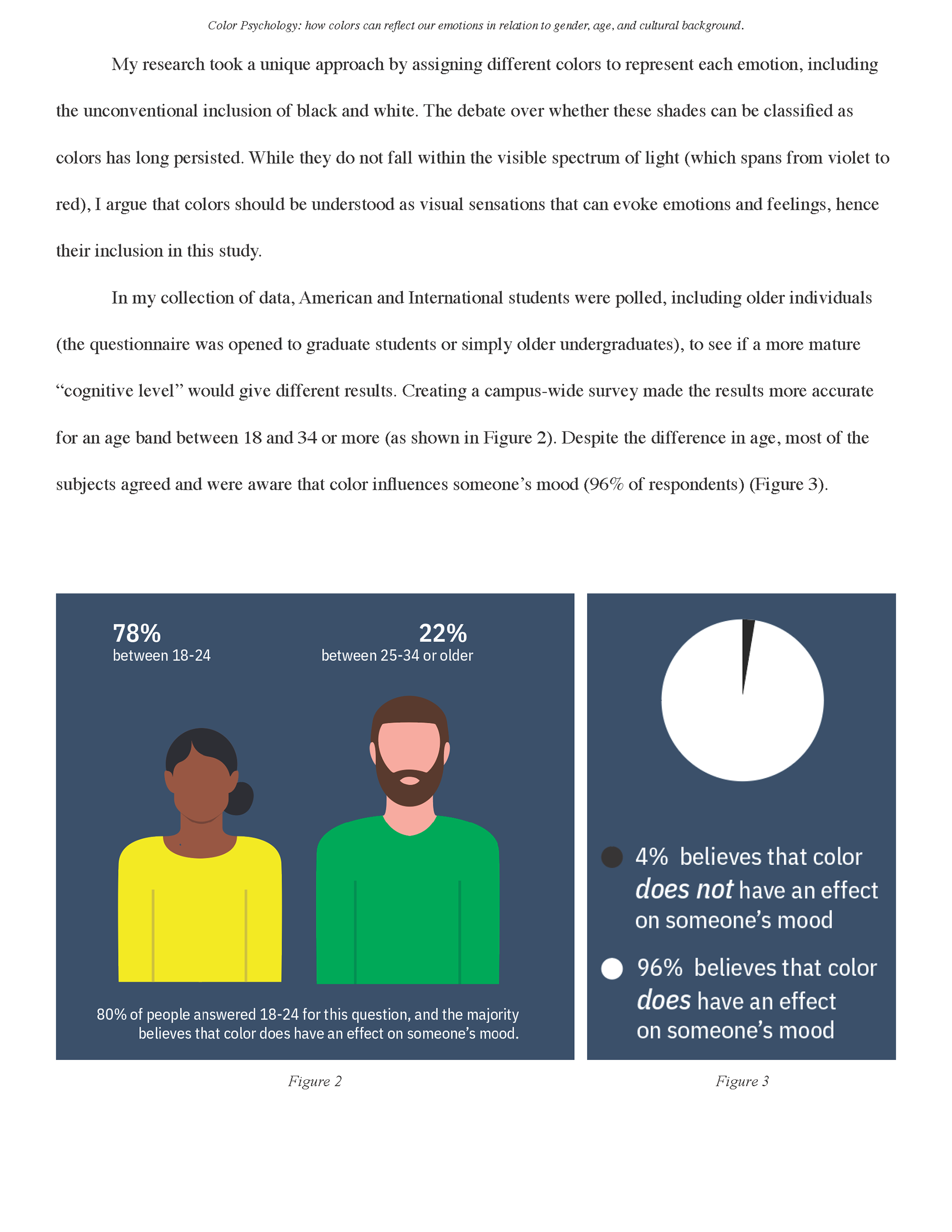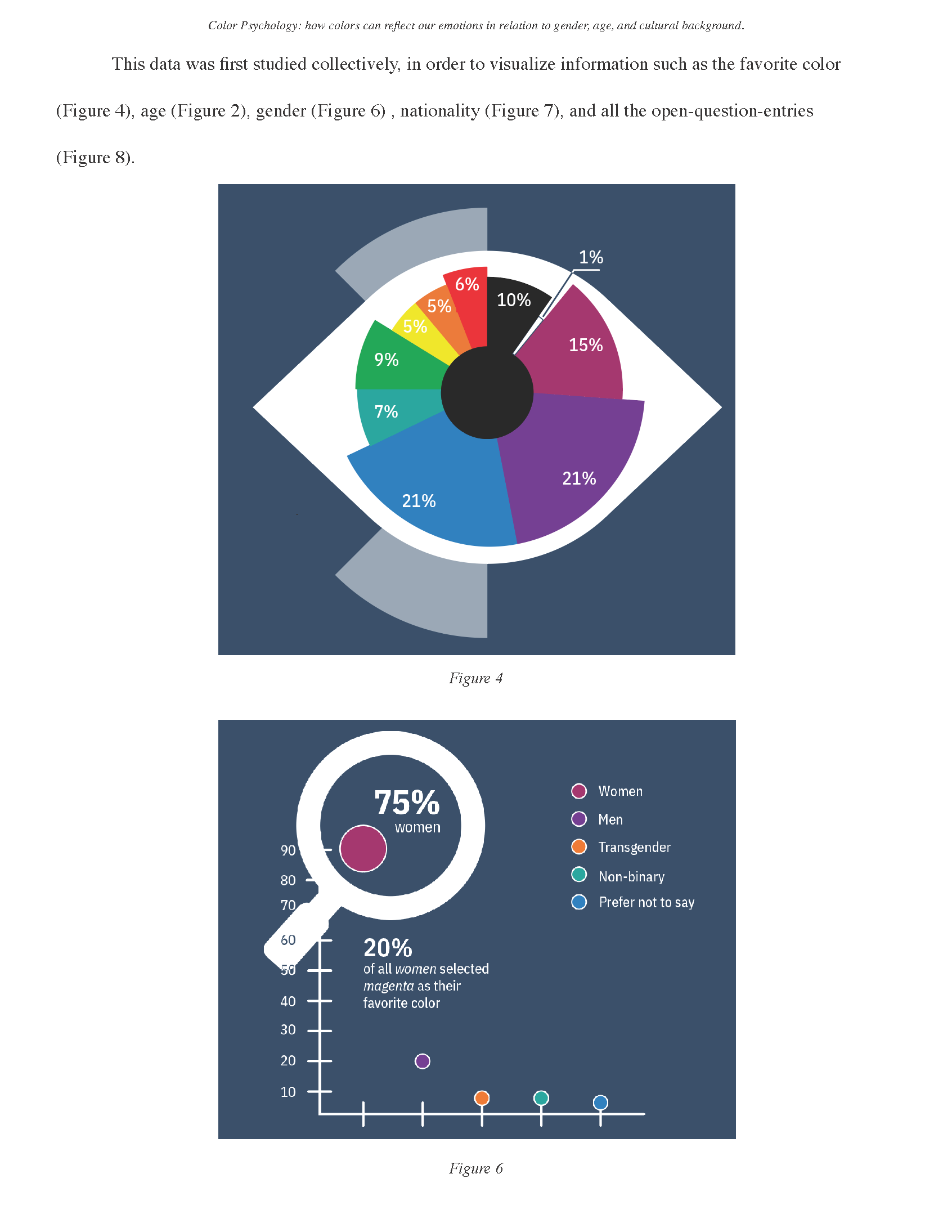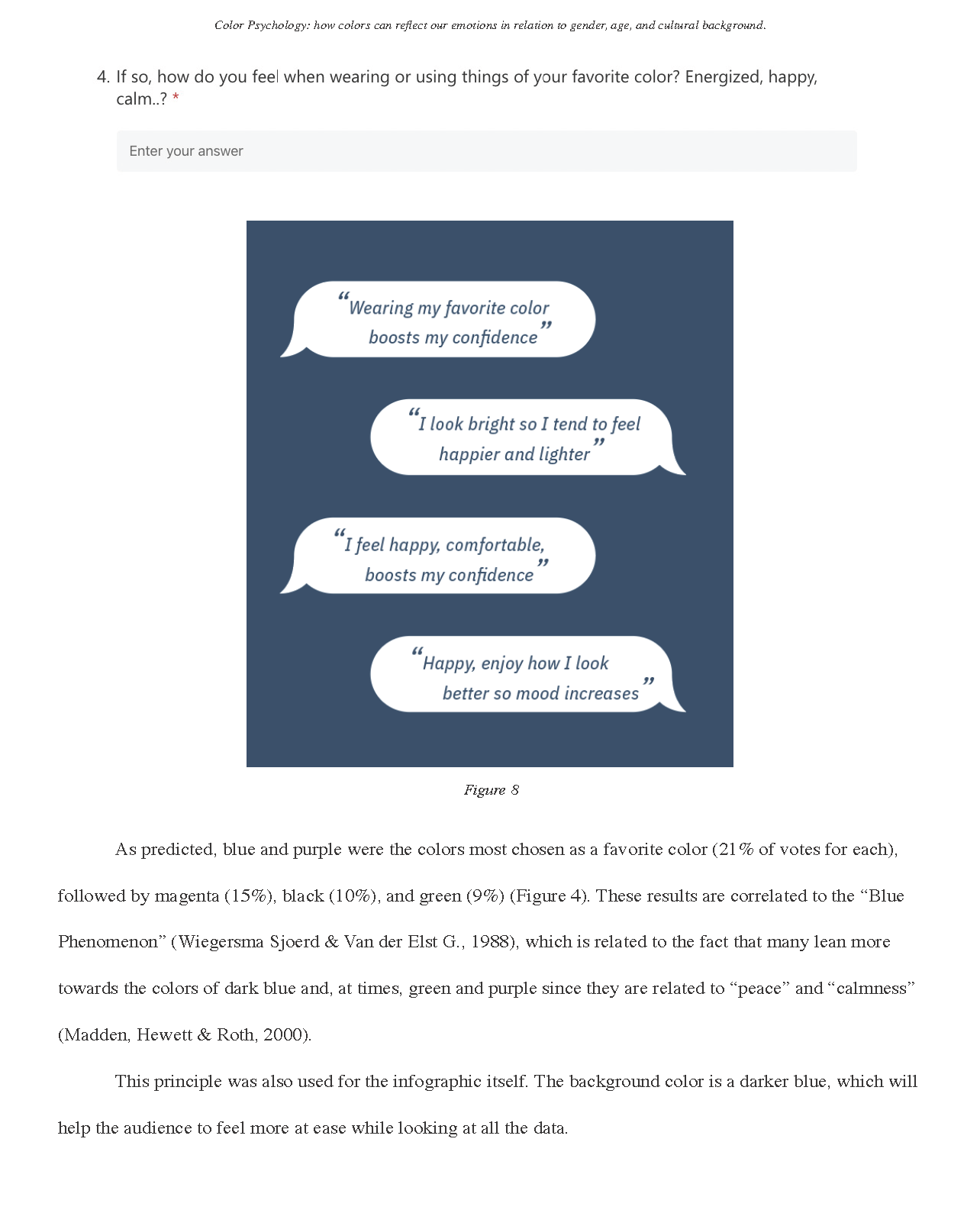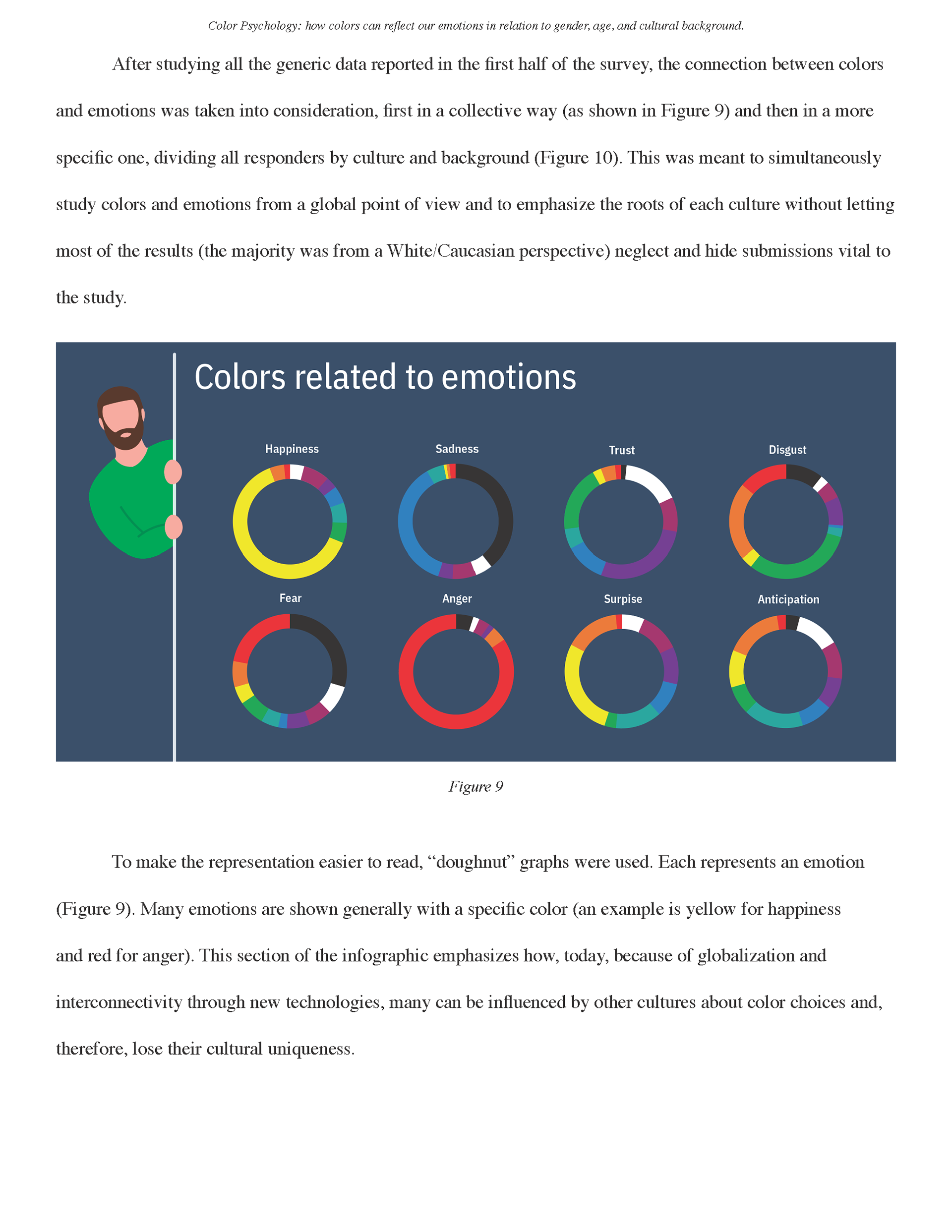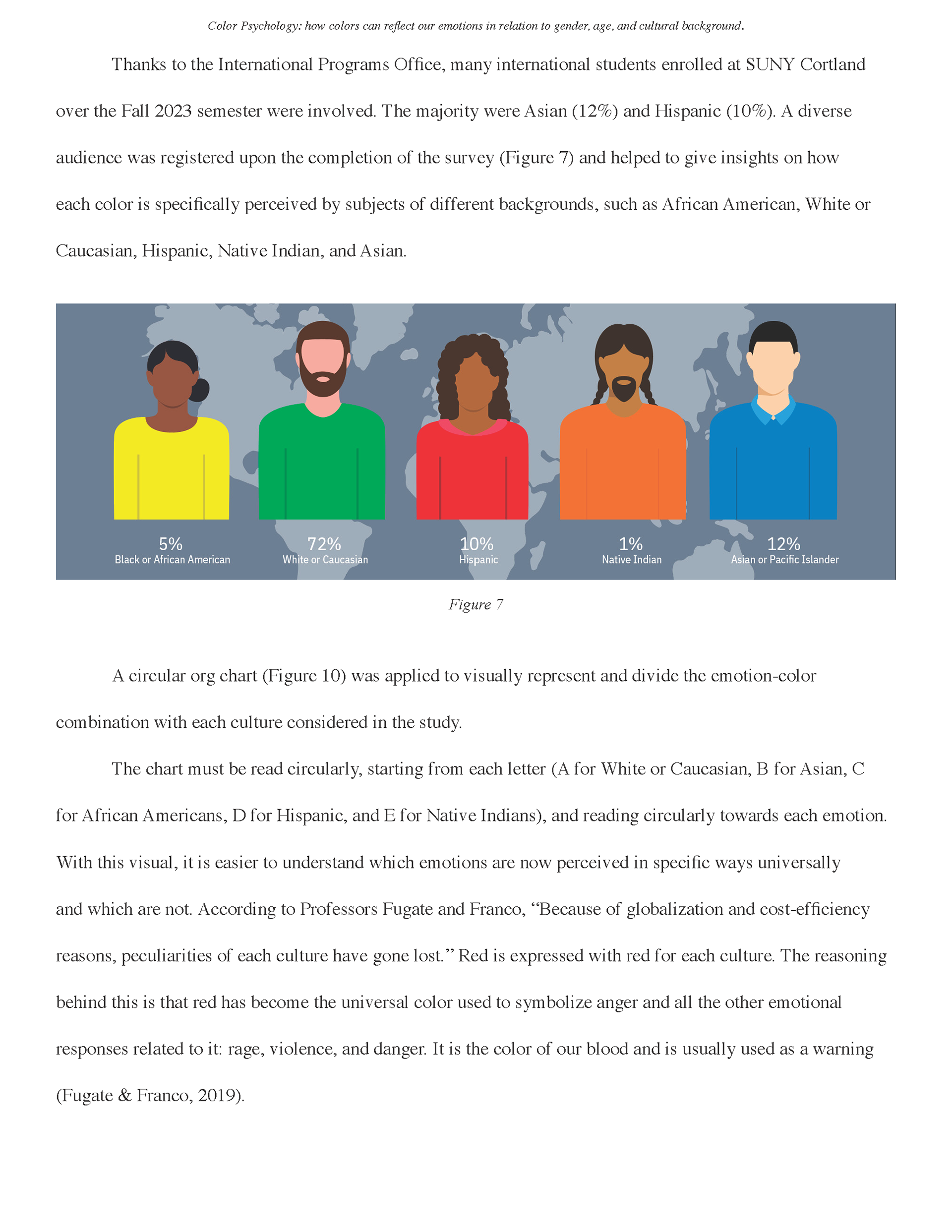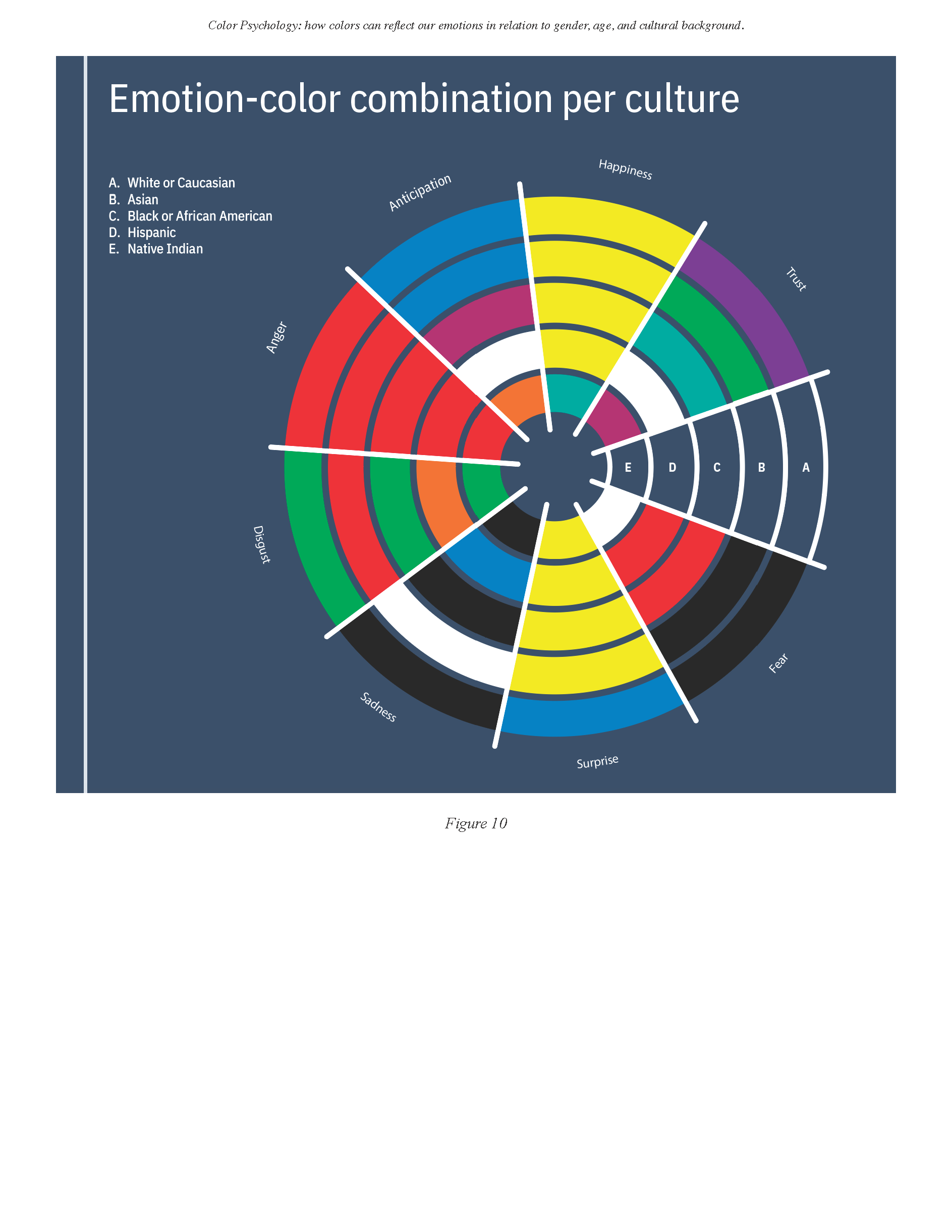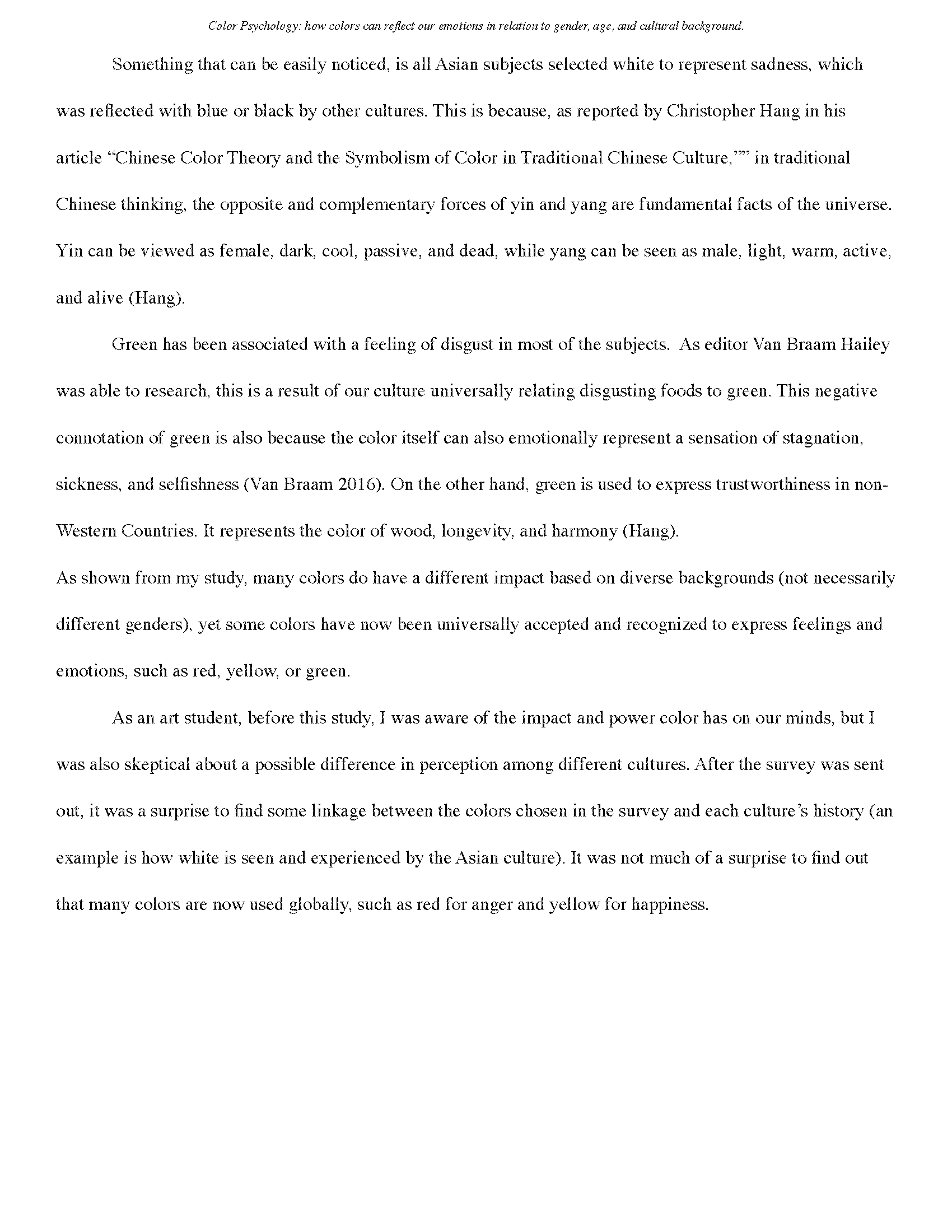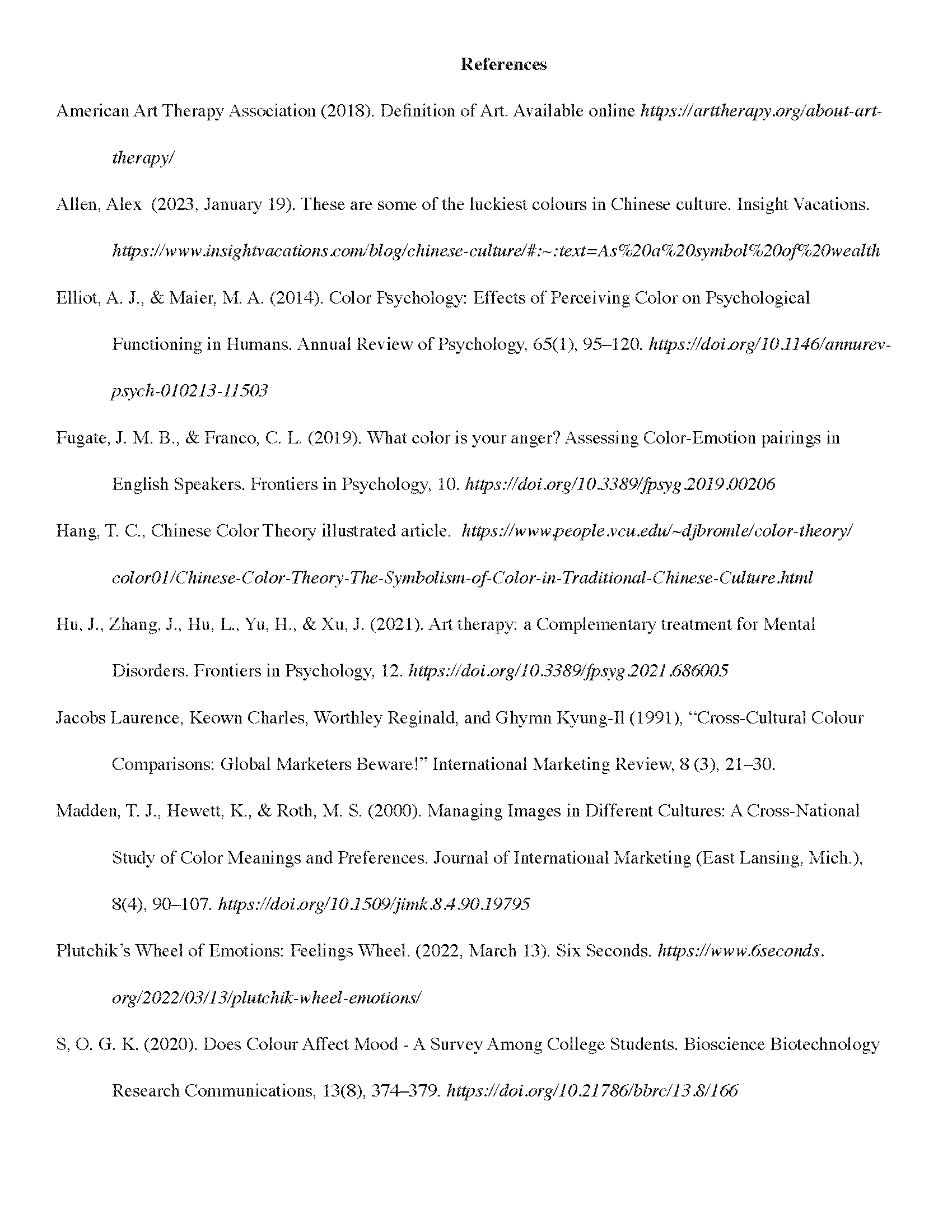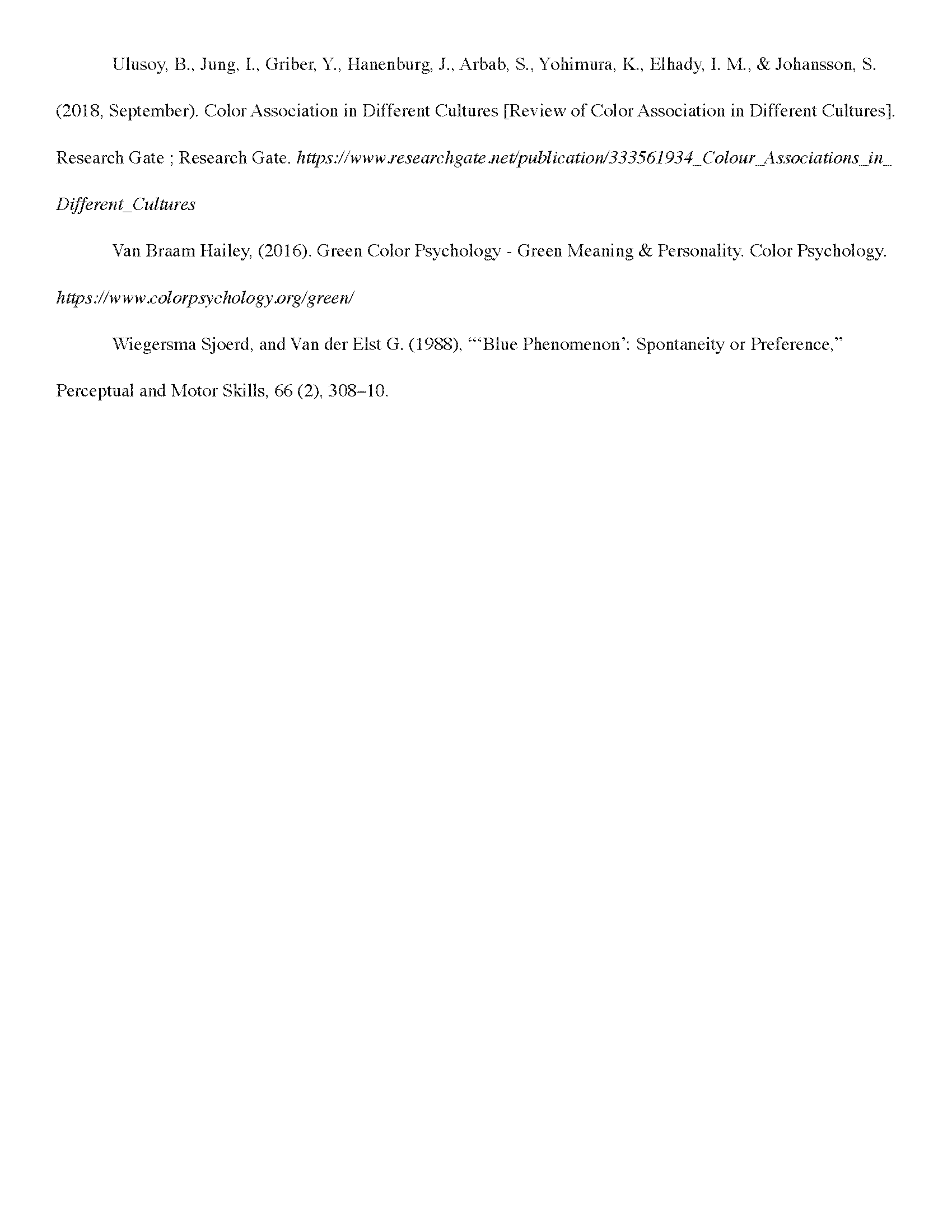This section is dedicated to a study I focused on for a couple of years during my college career.
To read the full article, please, follow the link: Research
Over the past decades, many studies have been conducted to identify the relationship between humans and colors. The field of art therapy is fascinating, yet mysterious, and it is used as a form of non-pharmacological alternative therapy for mental disorders and other psychological conditions. However, limited research has been conducted, and the effectiveness of art therapy can be seen as questionable. Even though many cases have demonstrated that there have been some positive outcomes, there is a lack of quantitative and scientifically based data.
On a general note, it is easier to understand and consider how expressive colors can be. Colors not only regulate our lives physically but also, especially psychologically. Research has demonstrated that color can shape our experiences and affect our psycho-emotional status, heart rate, sleep, and overall well-being.
Scientifically, the psychology of color is based on light and wavelengths: when light strikes the eye, each wavelength hits it differently. The rein of the eye converts the vibrations of the light into different electrical impulses which are then transmitted to the brain. Here they are detected by the hypothalamus, which controls the endocrine glands that produce different hormones. Therefore, based on the wavelength of the light striking the eye (which defines the hue of a color), our body is affected in different ways and in different sections, evoking a different physiological response and producing a different reaction.
Nowadays, diversity and inclusion are a popular topic as well as mental health. Many cultures in the past have tried to interpret the correlation between colors and well-being with different results. Culture has always commonly used color to communicate information, and human behavior is shaped to reflect the cultural aspect of our community. Some examples: in Western and Japanese culture red is commonly connected to anger, but in Hindu, this emotion is represented with the color black. Another common emotion, love, is red for Wester and Japanese, green for Hindus, and yellow for Native Americans. White in Asian countries symbolizes death and mourning, but for Western cultures, it is the symbol of purity.
The same color represents different things in different cultures, and it has been demonstrated that it is a mistake to study colors objectively, and it is not correct to think that each color is related to one specific emotion. This not only depends on their cultural background, but also on age, gender, and many other variables.
This research will be significant because it will help investigate the diversity of humankind. Diversity is one of the most interesting and important characteristics of society, and discovering new facts every day makes the human population even more fascinating.
